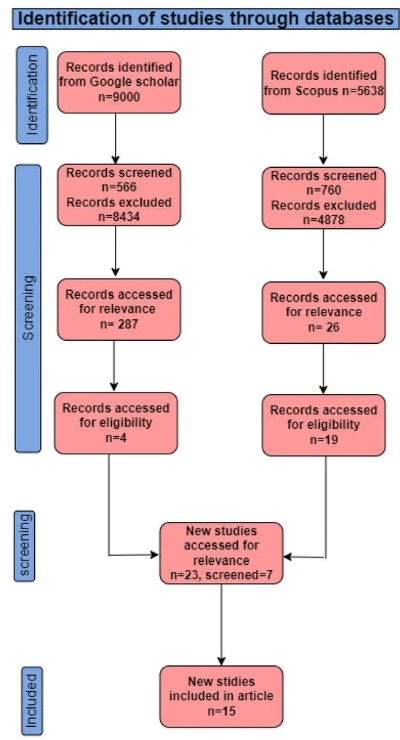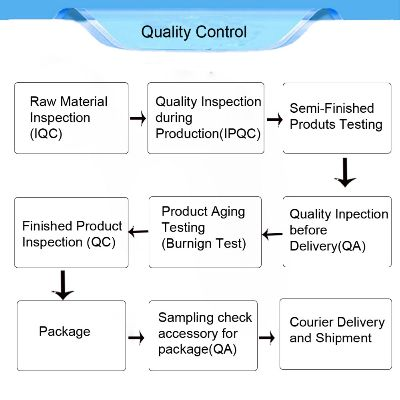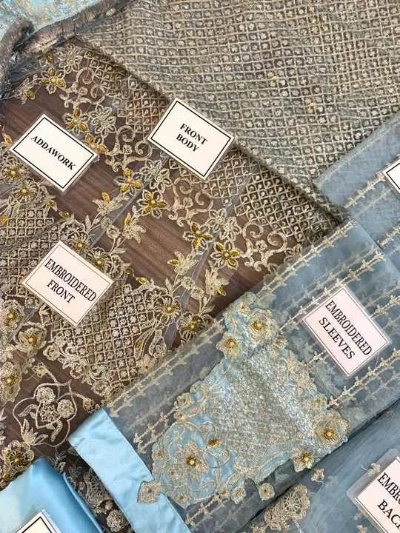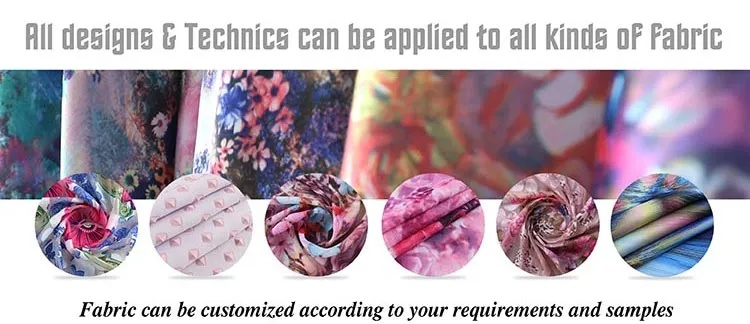The Comprehensive Testing Analysis Framework for Textile Products
This article introduces a comprehensive testing analysis framework for textile products, which includes multiple aspects such as material properties, production processes, and environmental impact. The framework is designed to evaluate the quality of textile products from different perspectives, including physical, chemical, and biological properties. By adopting this framework, manufacturers can ensure that their products meet the requirements of various standards and regulations. Additionally, the framework also provides recommendations for improving the quality of textile products through technological innovation and process optimization. Overall, this framework plays an important role in promoting the development and improvement of textile industry.
Introduction: Textile products, such as clothing, home textiles, and industrial fabrics, are essential components of our daily lives. They not only enhance our aesthetic appeal but also contribute to comfort, functionality, and sustainability. Therefore, it is crucial to ensure that these products meet stringent standards and specifications before they reach consumers. This article outlines the testing analysis process for textile products, including various types of tests, their purposes, and how they can help in ensuring product quality and safety.
Testing Analysis Process:

-
Material Characterization:
- Sample Collection: Collect samples from different batches of textile products.
- Texture Analysis: Use texture analyzers to measure the hardness, softness, and abrasion resistance of the fabric.
- Chemical Composition Analysis: Analyze the chemical composition of the fabric using spectrophotometry or gas chromatography.
-
Environmental Factors:
- Moisture Resistance Test: Test the fabric's ability to resist moisture by exposing it to controlled humidity conditions.
- Dust Resistance Test: Test the fabric's ability to resist dust accumulation by exposing it to high-speed airflow.
- Light Resistance Test: Test the fabric's ability to resist light fading by exposing it to UV light exposure.
-
Structural Properties:
- Tensile Test: Determine the strength and flexibility of the fabric by applying tension to it.
- Elongation Test: Determine the elasticity of the fabric by stretching it.
- Shrinkage Test: Determine the extent to which the fabric contracts when subjected to heat or pressure.
-
Safety Standards:
- Flammability Test: Test the fabric's flammability by measuring its combustion characteristics.
- Hazardous Substance Test: Test the fabric for the presence of harmful substances like heavy metals or toxic chemicals.
- Respiratory Protection Test: Test the fabric's ability to protect against dust particles and other respiratory hazards.
-
Durability Tests:
- Washability Test: Test the fabric's washability by subjecting it to multiple washing cycles.
- Dryfast Test: Test the fabric's ability to dry quickly after being washed.
- Crease Retention Test: Test the fabric's ability to retain its shape after being pressed.
-
Packaging and Transportation:
- Packaging Test: Test the packaging materials used for protecting the textile products during transportation.
- Transportation Test: Test the effectiveness of different transportation methods in maintaining the integrity of the textile products.
Case Study: Consider a textile company that produces high-quality sportswear. They need to ensure that their fabrics meet all the required standards before they can be sold to athletes and sports enthusiasts. To achieve this, they conduct a comprehensive testing analysis process for their fabrics. First, they collect samples from different batches of fabrics and perform material characterization tests to determine the texture and chemical composition of each sample. Next, they test the fabric's environmental factors by exposing it to various conditions, such as moisture and dust resistance. They also perform structural properties tests, such as tensile and elongation tests, to ensure that the fabric has adequate strength and flexibility. Additionally, they conduct flame resistance and hazardous substance tests to ensure that the fabric does not pose any safety risks. Finally, they perform durability tests, such as washability and crease retention tests, to ensure that the fabric can withstand regular wear and tear. By following this testing analysis process, the textile company can identify any issues with their fabrics and make necessary improvements before they reach the market.
Conclusion: In conclusion, a comprehensive testing analysis process is essential for ensuring the quality and safety of textile products. By following a systematic approach, companies can identify potential issues early on and take corrective measures to improve the overall performance of their products. It is crucial for textile companies to invest in proper testing equipment and expertise to achieve this goal. With careful testing analysis, textile products can become an integral part of our daily lives while ensuring that they meet the highest standards of quality and safety.
随着纺织品行业的快速发展,对纺织品的质量和性能要求也越来越高,为了确保纺织品的质量和性能达到预期标准,纺织品测试分析流程变得尤为重要,本文将详细介绍纺织品测试分析的流程,并结合实际案例进行说明。
纺织品测试分析流程概述
样品采集与准备
样品采集:从生产线上收集符合要求的纺织品样品。 样品准备:对样品进行清洗、整理,确保样品状态良好。
测试项目选择
根据纺织品的特点和应用领域,选择合适的测试项目,常见的测试项目包括纤维成分测试、耐久性测试、环保性能测试等。
实验室测试
实验室测试是纺织品测试分析的关键环节,包括各种物理、化学、生物等测试方法,纤维成分测试可以使用显微镜、光谱仪等设备进行检测;耐久性测试可以使用拉伸试验、磨损试验等。
数据采集与分析

采集实验室测试数据,运用数据分析软件进行数据处理和图表展示,通过对比分析数据,得出纺织品性能指标。
结果报告与验证
撰写测试报告,包括样品基本信息、测试项目结果、性能指标等,对测试结果进行验证,确保分析结果的准确性。
实际案例说明
以某品牌纺织品为例,介绍纺织品测试分析的实际流程。
样品采集与准备
从生产线上收集符合要求的纺织品样品,清洗整理后送至实验室进行测试分析。
测试项目选择
根据样品特点和应用领域,选择纤维成分测试、耐久性测试等项目。
实验室测试
使用显微镜检测纤维成分,使用拉力试验机检测耐久性,进行环保性能测试,确保样品符合环保标准。
数据采集与分析
采集实验室测试数据,运用数据分析软件进行数据处理和图表展示,通过对比分析数据,得出该品牌纺织品的主要性能指标,该品牌纺织品的纤维成分主要含有某种天然纤维,具有较好的吸湿性、透气性和柔软性等特点;耐久性测试结果显示该品牌纺织品具有较好的耐久性,能够承受一定程度的磨损和老化。
结果报告与验证
撰写测试报告,包括样品基本信息、测试项目结果、性能指标等,将该品牌纺织品的性能指标与行业标准进行比较,验证分析结果的准确性,根据报告结果,该品牌纺织品在各项性能指标上均符合行业标准要求,具有较高的品质和性能。
纺织品测试分析流程是确保纺织品质量的重要环节,在实际操作中,需要遵循一定的流程和标准,确保测试结果的准确性和可靠性,还需要不断优化和完善测试分析流程,提高纺织品质量水平。
Articles related to the knowledge points of this article:
Navigating the Global Fabrics:The Journey of Jiangyin Jinti Textiles
The Impact of the Pandemic on Global Textile Trade A Brief Analysis
Textile Components Testing Standards:A Guide for Quality Assurance
The State-of-the-Art in Nanning Textile Inspection:A Comprehensive Analysis
![The Art of Softness in Fashion:An Insight into 宸之漫纺织品]](https://www.i505i.cn/zb_users/upload/2025/09/20250917090724175807124467058.png)


